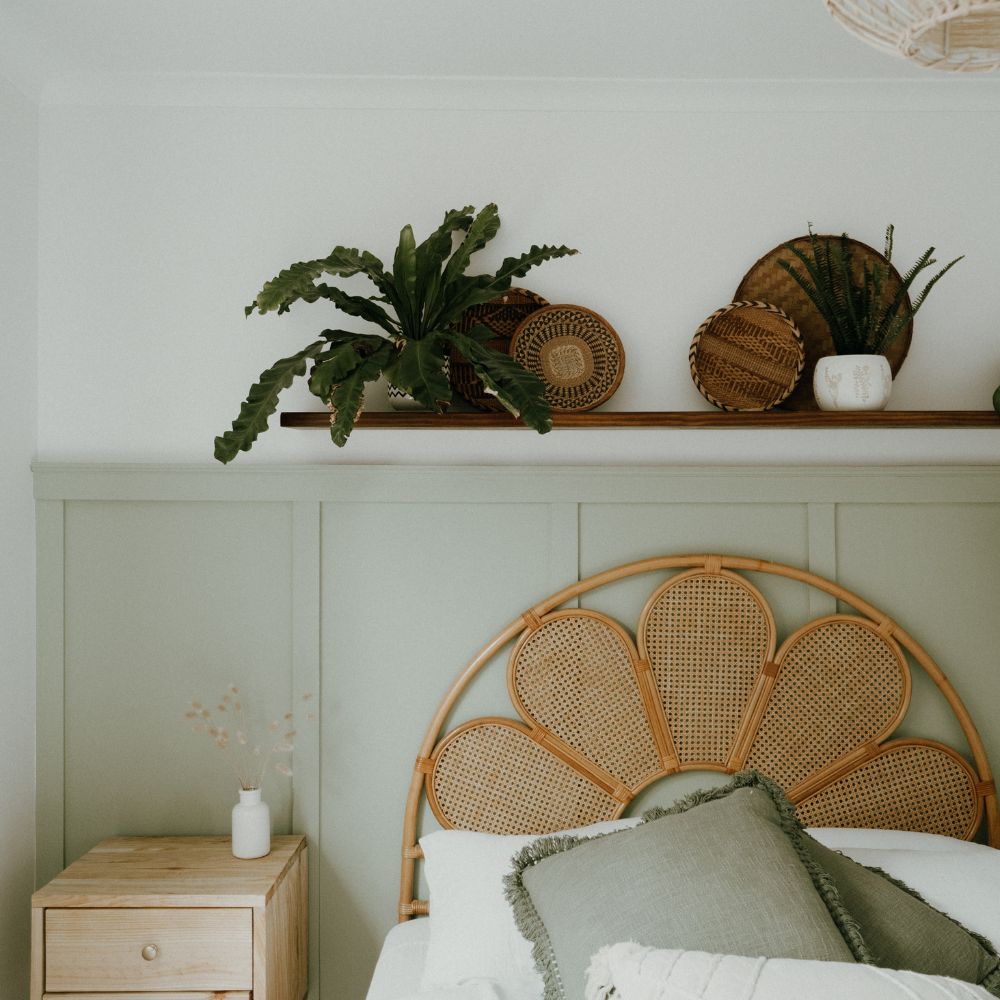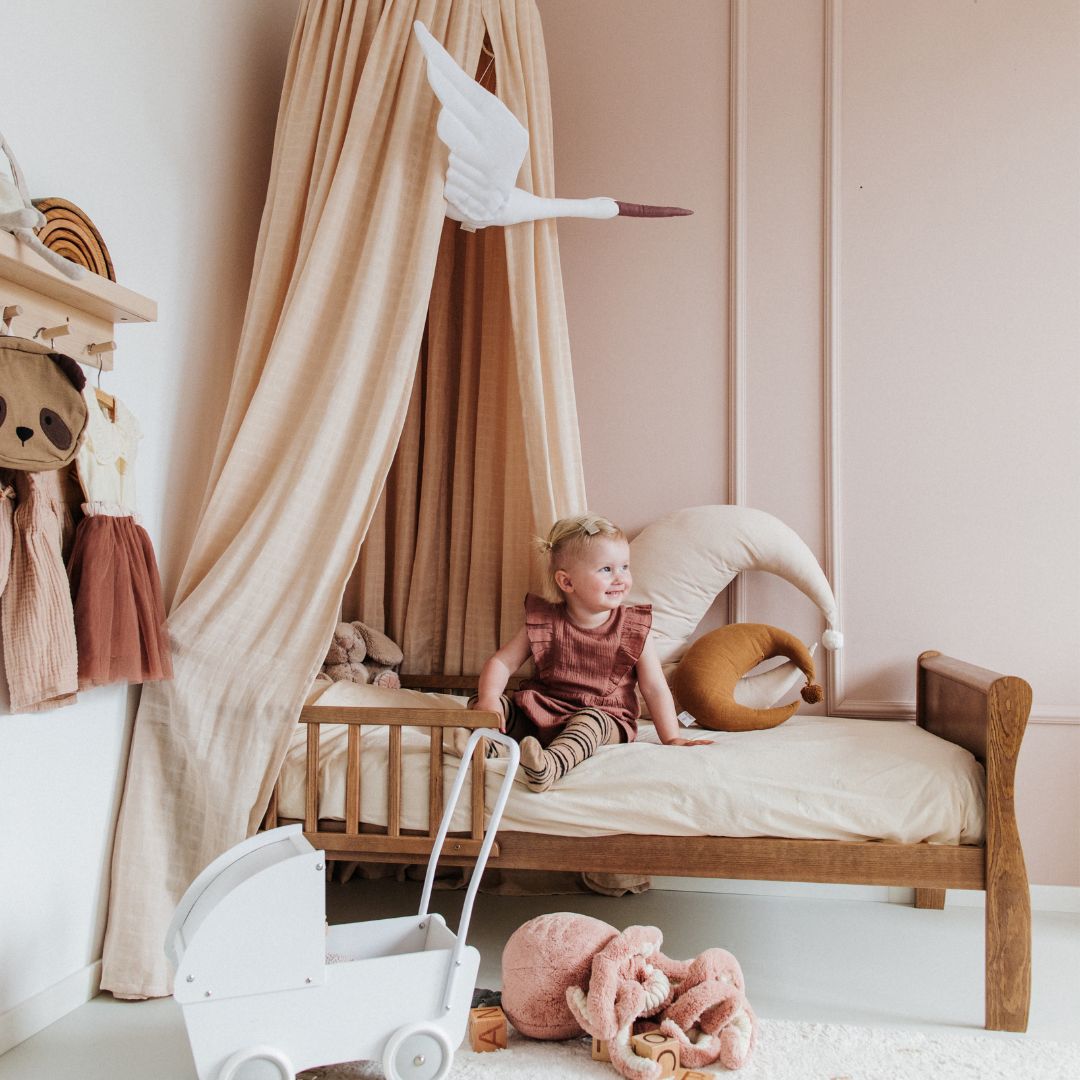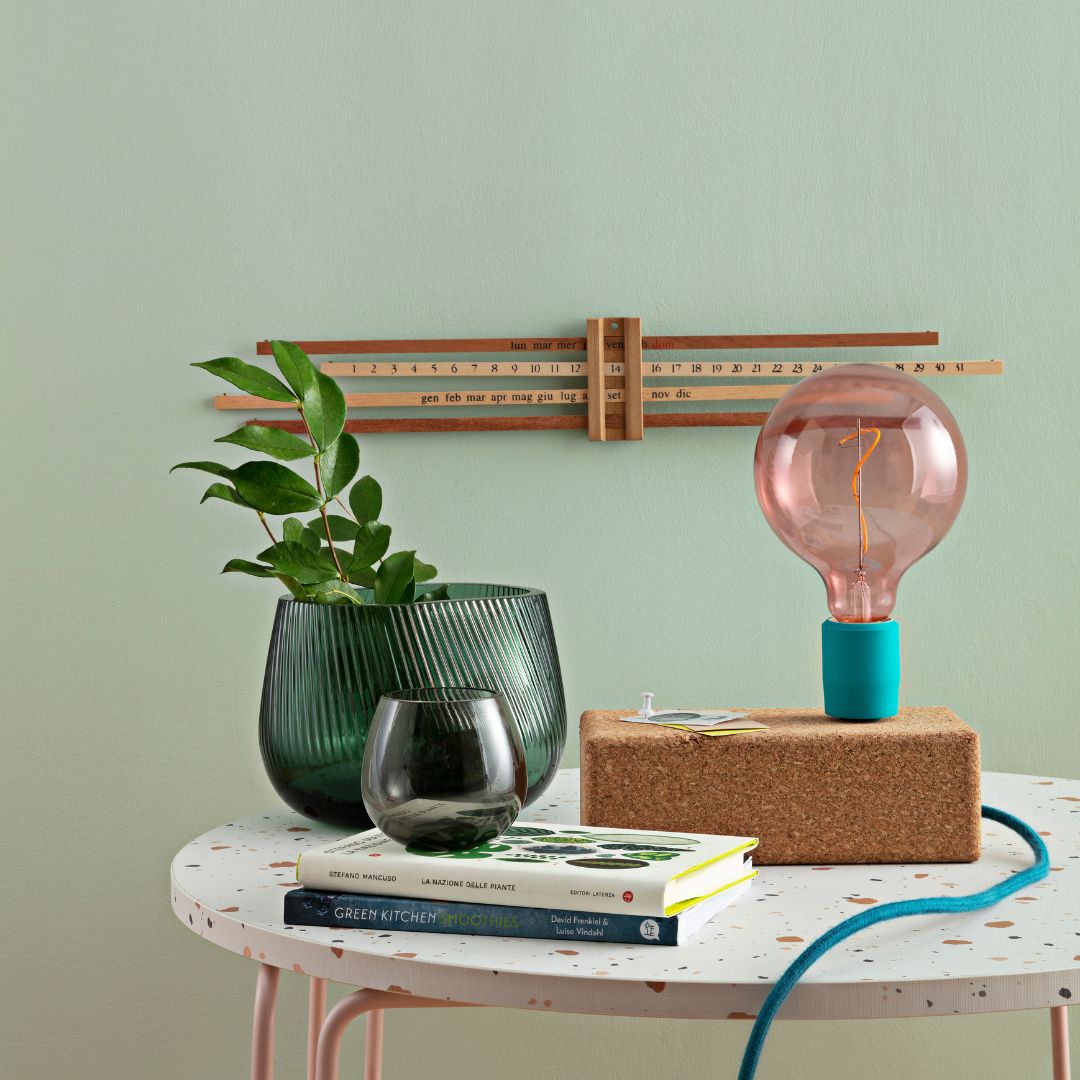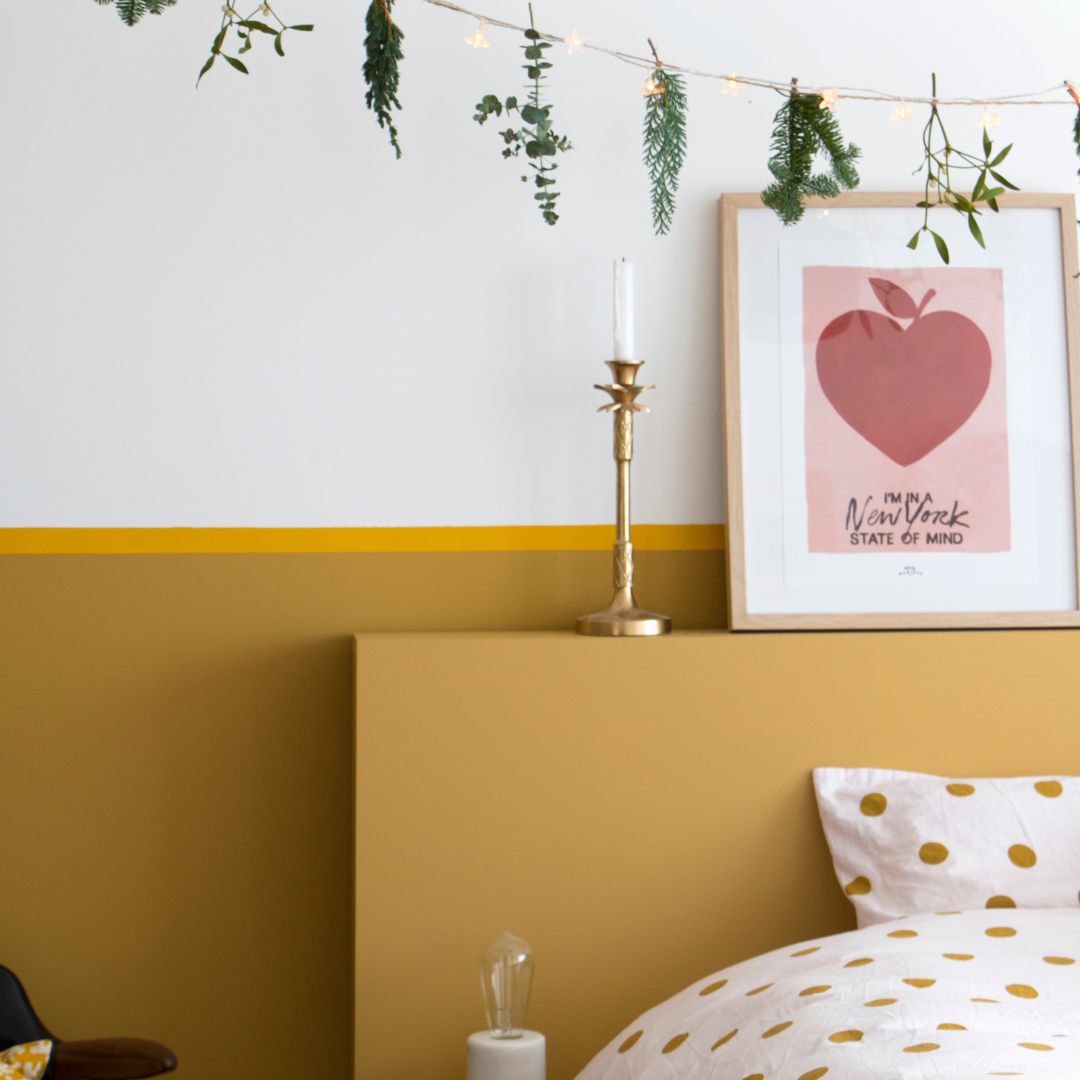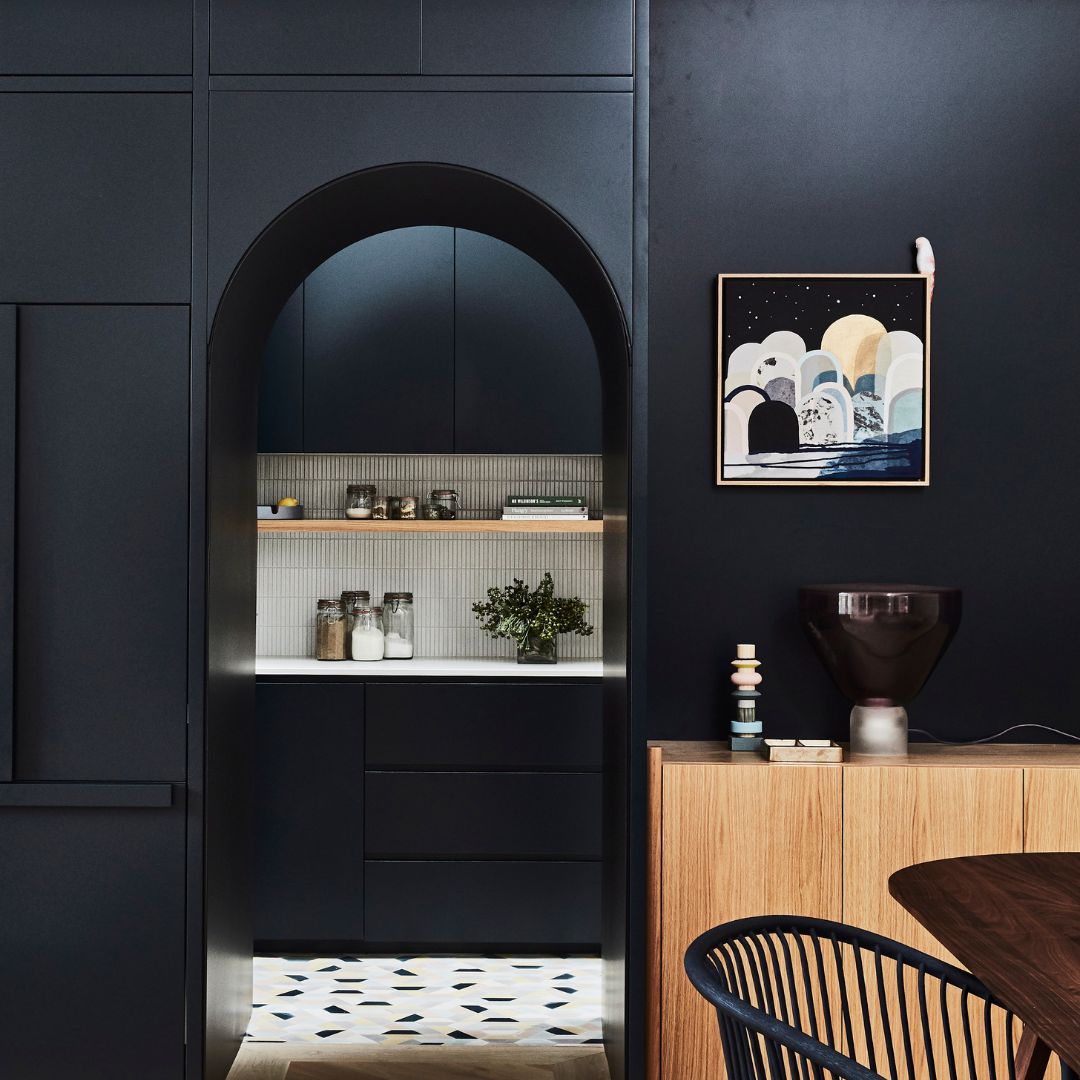There are choices that can leave us undecided about the work to be done in the house: and that of the type of white to apply in its interior is one of them.
You might think that choosing white is neutral and the simplest of all: in reality, the range of whites is quite vast and each white has its subtleties which makes the choice a little more difficult.
Within the range of white shades, two are particularly popular in interior design: pure white and warm white.
Regarding these two types of white, there are two schools of thought: those who consider pure white to be too “cold” and neutral, and those who see warm white as an additional white that is not bright enough and too colorful with yellow undertones.
These two shades, widely used on interior walls, have complementary advantages that are not only aesthetically pleasing, and this is why the choice between pure white and tinted white is entirely justified.
For your room, you can find our white paints but also our terracotta paints if you want something as durable and warm.
Aesthetic differences between warm white and pure white
Beyond the aesthetic characteristics of pure white and warm white, there are also differences, particularly related to the ambiance you want to create in the room.
Warm white is materialized by undertones: more generally yellow, orange or red, which will give a more welcoming and warm feel.
Warm white is often the result of adding a light touch of pigment, thus reflecting the light in a soft, warm way.
The warm white in the Algo range is a white with a slightly vanilla hue and a yellow undertone. It's the white that stands out most among our tinted whites.
Pure white has a more neutral, clean, and brighter appearance that can also evoke a slightly colder feeling. Therefore, there is no pigment added to this white, which therefore retains the clarity and power of white.
It will therefore have the benefit of being able to reflect light much better (in a more direct manner), thus undeniably preserving a feeling of space.
So you will have understood: if at first glance the differences are simply aesthetic, it should be noted that they greatly influence the way in which we perceive the light and the size of the room.
Do not underestimate the impact of light
The influence of light will undoubtedly have an impact on the way we perceive colors, whether natural or artificial.
This factor is decisive in the choice of the shade of white: quite simply because it will be possible to choose one based on the layout and the existing light in the room.
It is undeniable that the light reflected by white changes the perception of the size, brightness and comfort of the room.
Using warm white will take advantage of natural light to bring a warm dimension to the space. It will be perfect for living spaces like the bedroom or living room, for example. As a result, it is ideal for spaces where comfort and relaxation are conducive.
Even though this white is nuanced, it is important to keep in mind that it remains a white and that consequently you will be able to benefit from perfectly good brightness even in rooms or spaces that are not suitable for it.
Pure white will maximize natural light: its real advantage is simply that of making the space brighter and more spacious: which will amplify the feeling of cleanliness and freshness.
It is a good alternative in kitchens or bathrooms for example where the feeling of modernity will find all its charm.
Other important criteria for choosing the right shade of white
The room's orientation is another factor to consider: a south-facing room will benefit from natural light all day long. Pure white will enhance the space and make the room appear more "bright."
On the contrary, in a north-facing room, the use of warm white can be strategic in order to give the space warmth and conviviality.
As seen previously, light plays a major role in the orientation of the room.
The atmosphere you want to give to the room must also correspond to the shade of white that you choose.
In a modern and minimalist decor, pure white is undoubtedly the shade you need . On the other hand, if the choice is oriented towards a more traditional and trendy atmosphere, warm white will better match its characteristic warm and welcoming side.
Finally, to be sure to decide on the right shade of white to apply, take into account the colors already applied in the room as well as the furniture and decoration.
While it is true that white is a color that goes with everything, using pure white can still create a significant contrast depending on the elements already present in the room, which therefore requires a certain amount of vigilance.
Our advice to help you finalize your choice
To confirm your choice and avoid disappointment, it is always useful to order samples of the shades in question and use them in different areas of the room, or even at different times of the day, to see any variations.
Using samples also allows you to see how the color matches what already exists (furniture, decoration, etc.)
Don't hesitate to complete the room's decoration with other elements to bring a little more coherence depending on what you want: color and texture of cushions and curtains for a cozy atmosphere or even design elements with pure white for a minimalist space.
